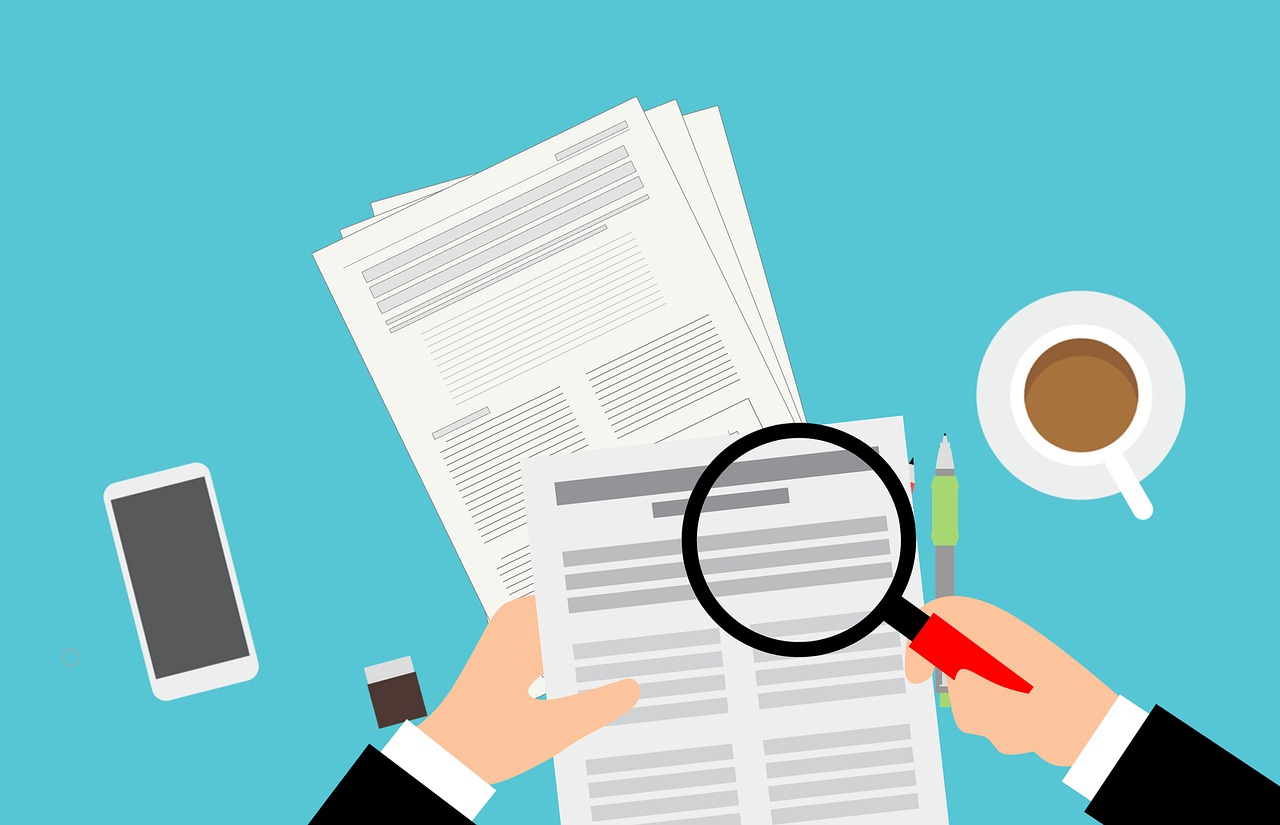How To Use A Laminator And Ensure Your Documents Are Protected
A laminator is an excellent tool when you are looking to protect your documents. In effect the laminator coats a document in plastic on both sides. This coating is sealed to itself, preventing water and other contaminants from getting to the document. It has many applications, such as being used as a menu in a café. The plastic coating means spills and fingerprints can simply be wiped off, helping the menu to stay hygienic and clean.
Of course, the same application is useful in the office for any documents that need to be seen and discussed among staff. The lamination ensures they will survive multiple hands and potential spills.
Alongside this, laminating can make a document look more professional and this can help the company issue. In fact, laminators can even be used to create ID cards to ensure other valid people are on site. In short, this is a valuable addition to any office place as the list of documents that can be laminated and protected is virtually endless.
Of course, it helps to purchase a high-quality piece of laminating equipment, this will ensure it does the job effectively, efficiently, and the finished article always looks good.
Parts Of the Laminator
There are two types of laminator, a hot one and a cold one. As the name suggests, the hot laminator uses heat to seal the laminated pouch together. Because hot laminators can make the ink bleed on a document, this type of laminator can only be used on one side of graphics, making it impossible to completely protect this type of document.
In contrast, the cold laminator doesn’t make ink bleed, making it the better option for graphics and decals. The cold laminator relies on pressure to seal the pouch, as opposed to heat.
Heat laminators need power, cold ones do not. They both use plastic pouches or sheets, these are fed into the machine with the document inside. They are then sealed via heat or pressure and the laminate process is complete.
How To Laminate properly
The first step is to take a look at what you need to laminate. It is important to know the size of the item and whether it is likely to bleed or not. This will help you to choose between hot and cold lamination if you have the option.
Naturally, the size of paper you can laminate is limited to the sizer of the laminator. If you regularly do large items you’ll need a larger laminator.
Pick A Pouch
You can use sheets, simply place one on each side of your paper and guide them into your machine. however, this approach is more likely to give alignment issues and it is not as effective as sealing the paperwork inside the laminate.
The better option is to choose a pouch, you simply slide the paper inside it and only one section is open.
Put It in The Machine
With your paper in the pouch or between the plastic sheets, you need to carefully position them in the laminator. There will be guidelines to show you the right place. Once they are in position, hit the go button. The laminator will slowly suck in the document and start sealing it inside the plastic. Don’t forget to let the folded edge go in first.
It doesn’t matter if it is a hot or cold laminator, the basic process is the same. Paperwork goes through the laminator and then is sealed inside the plastic.
However, you do need to make sure the paper is aligned properly and, if you are using a hot laminator it will need to warm up before you can start using it. This isn’t the case for a cold laminator.
Collect Your Document
Most modern laminators can handle multiple documents, simply line them all up on the in-tray and the machine will pull them through one at a time. However, you should remember that a hot laminator makes the document hot, give it a few moments to cool before you pick it up and stack them.
Final Thoughts
With a little practice, you’ll be using a laminator like an old pro. They are simple to use, effective, and actually fun. That makes them a valuable addition to any office space. If you don’t have a laminator yet it’s time you considered getting one. They can be purchased or rented to allow you the opportunity to see them working before committing to buying.

